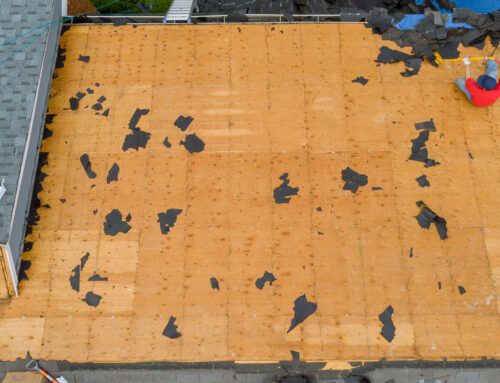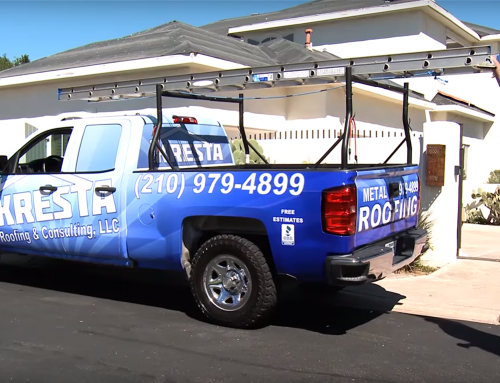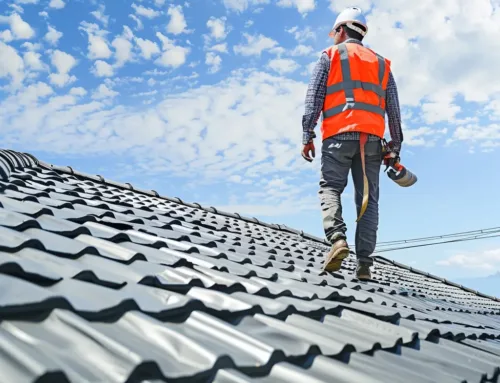How Roofs Affect Cell Phone Signals

Cell phone signals are integral to modern communication, providing the connectivity that keeps us linked with the world. However, various factors can influence the strength and quality of these signals. One often overlooked factor is the roof of your home or building. The material, structure, and even the height of the roof may impact cell phone signal reception. Let’s explore how different roofing materials and designs affect cell phone signals and what can be done to mitigate these effects.
Understanding Cell Phone Signals

Before diving into how roofs affect cell phone signals, it’s important to understand how these signals work. Cell phone signals are a type of radio frequency (RF) signal, transmitted between cell towers and mobile devices. These signals operate on various frequency bands, primarily between 700 MHz and 2.7 GHz. The strength of these signals can be affected by physical obstructions, interference from other electronic devices, and environmental factors such as weather and terrain.
Common Roofing Materials and Their Impact
 1. Asphalt Shingles
1. Asphalt Shingles
Signal Interference: Low to Moderate
Description: Asphalt shingles are one of the most common roofing materials due to their cost-effectiveness and durability. They offer a moderate level of interference to cell phone signals. While asphalt itself doesn’t significantly block RF signals, the materials used in the shingles, like granules and adhesives, can contribute to some signal degradation.
 2. Metal Roofs
2. Metal Roofs
Signal Interference: Low to Moderate
Description: Metal roofs are known for their longevity and resistance to harsh weather conditions. However, there is also the myth that they are notorious for interfering with cell phone signals. The truth is that they don’t interfere with cell phone reception. They do, however, amplify disruptions from nearby structures or utility towers. If you’re experiencing poor indoor cell phone reception, install a signal booster.
 3. Clay and Concrete Tiles
3. Clay and Concrete Tiles
Signal Interference: Moderate
Description: Clay and concrete tiles are commonly used in warmer climates and for their aesthetic appeal. These materials can moderately block cell phone signals, as their density and thickness create a physical barrier. Additionally, moisture absorbed by these tiles can further attenuate signals.
 4. Wood Shingles and Shakes
4. Wood Shingles and Shakes
Signal Interference: Low to Moderate
Description: Wood shingles and shakes offer a more natural look and are less obstructive to cell phone signals compared to metal and clay tiles. However, wood can still cause some signal reduction, especially if it is treated with fire-retardant chemicals or if the roof is particularly thick.
 5. Slate
5. Slate
Signal Interference: Moderate
Description: Slate roofs are prized for their durability and longevity, often lasting over a century. However, slate is a dense material that can impede cell phone signals. The thickness and the overlapping design of slate tiles create an effective barrier to RF signals.
Structural Factors Influencing Signal Reception


1. Roof Pitch and Height
The pitch and height of the roof can influence signal reception. Steeper roofs and higher buildings may experience better signal reception since they are less obstructed by nearby structures. Conversely, flat roofs or those in valleys might struggle with signal strength due to increased obstruction from surrounding buildings and terrain.

2. Insulation & Underlayment
Modern roofs often incorporate various layers of insulation and underlayment to improve energy efficiency. While these materials are beneficial for maintaining indoor temperatures, they can also contribute to signal attenuation. Foil-faced insulation, in particular, is highly reflective and can block RF signals.

3. Roof Additions
Solar panels, HVAC units, and other rooftop installations can theoretically affect cell phone signals. These additions not only create physical barriers but may also produce electromagnetic interference, further complicating signal reception.
Mitigating Poor Signal Reception

 1. Signal Boosters
1. Signal Boosters
Signal boosters, also known as cell phone repeaters, are devices designed to improve cell phone reception indoors. They work by amplifying the existing weak signal from outside and rebroadcasting it within the home. Installing a signal booster can counteract the negative effects of roofing materials.
 2. Wi-Fi Calling
2. Wi-Fi Calling
Many modern smartphones support Wi-Fi calling, which allows you to make and receive calls over a Wi-Fi network instead of relying on a cell signal. This feature is particularly useful in homes with poor cell reception but strong Wi-Fi coverage.
 3. Distributed Antenna Systems (DAS)
3. Distributed Antenna Systems (DAS)
DAS are used in larger buildings or complexes to enhance cell signal coverage. These systems consist of multiple antennas distributed throughout the building, connected to a central signal source. While more expensive than individual signal boosters, DAS provides a robust solution for improving signal reception in challenging environments.
 4. Strategic Window Placement
4. Strategic Window Placement
Since windows typically do not block RF signals as much as walls and roofs, placing your workspace or living area near windows can help. Ensuring windows are unobstructed can also maximize signal penetration.
Roofs play a low to minimal role in determining the quality of cell phone signals indoors. From the type of material used to the structural design, various aspects can either block or allow RF signals to pass through easily. Contact Kresta Roofing if you have any more questions or concerns about choosing a roofing material to best suit your needs. With over 40 years of experience in the residential and commercial construction industry we are your property improvement and maintenance specialists.





